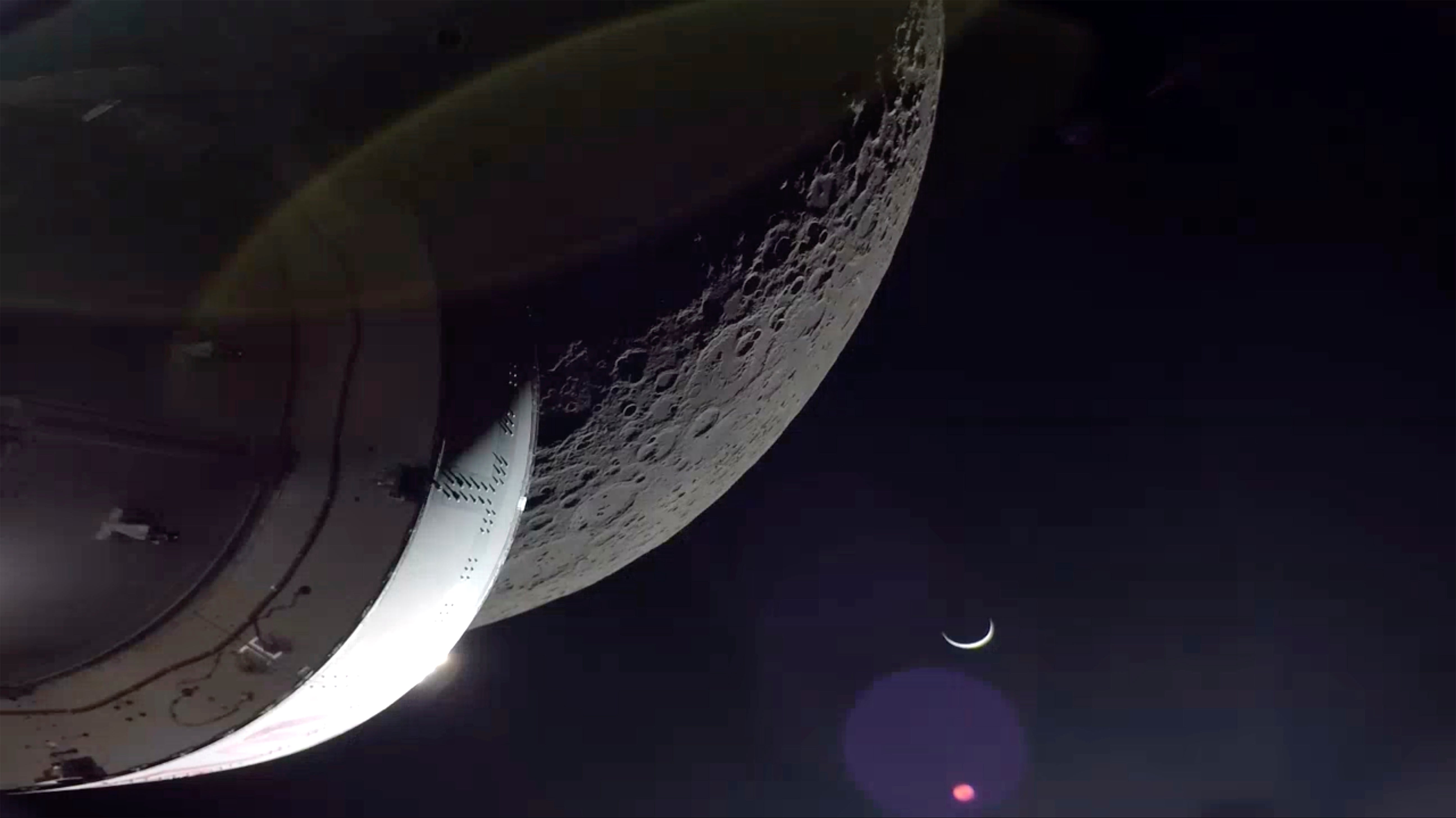NASA's Orion capsule returning from moon to cap test flight
NASA's Orion capsule is almost back home from the moon

Your support helps us to tell the story
From reproductive rights to climate change to Big Tech, The Independent is on the ground when the story is developing. Whether it's investigating the financials of Elon Musk's pro-Trump PAC or producing our latest documentary, 'The A Word', which shines a light on the American women fighting for reproductive rights, we know how important it is to parse out the facts from the messaging.
At such a critical moment in US history, we need reporters on the ground. Your donation allows us to keep sending journalists to speak to both sides of the story.
The Independent is trusted by Americans across the entire political spectrum. And unlike many other quality news outlets, we choose not to lock Americans out of our reporting and analysis with paywalls. We believe quality journalism should be available to everyone, paid for by those who can afford it.
Your support makes all the difference.NASA’s Orion capsule and its test dummies hurtled toward Earth on Sunday to end a 25-day test flight around the moon.
Flight controllers targeted a splashdown in the Pacific just off the coast of Mexico’s Baja Peninsula. A Navy recovery ship was positioned within a few miles (kilometers) of the intended site.
Orion rocketed to the moon from NASA's Kennedy Space Center on Nov. 16 and spent nearly a week in a wide, swooping lunar orbit, before heading home. The $4 billion demo should allow astronauts to strap in for the next lunar flyby in a couple of years.
Orion's super fast and hot return coincided with the 50th anniversary of humanity's last lunar landing, by Apollo 17's Eugene Cernan and Harrison Schmitt on Dec. 11, 1972. This was the first capsule to visit the moon since then.
NASA's Apollo landed 12 astronauts on the moon. Under this new Artemis program, named after Apollo's twin sister in Greek mythology, astronauts could be back on the lunar surface as early as 2025.
___
The Associated Press Health and Science Department receives support from the Howard Hughes Medical Institute’s Science and Educational Media Group. The AP is solely responsible for all content.